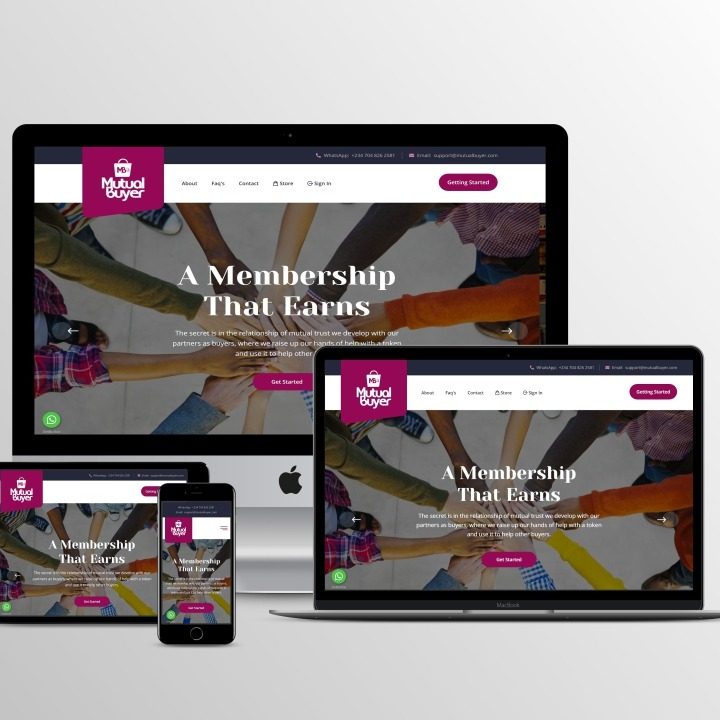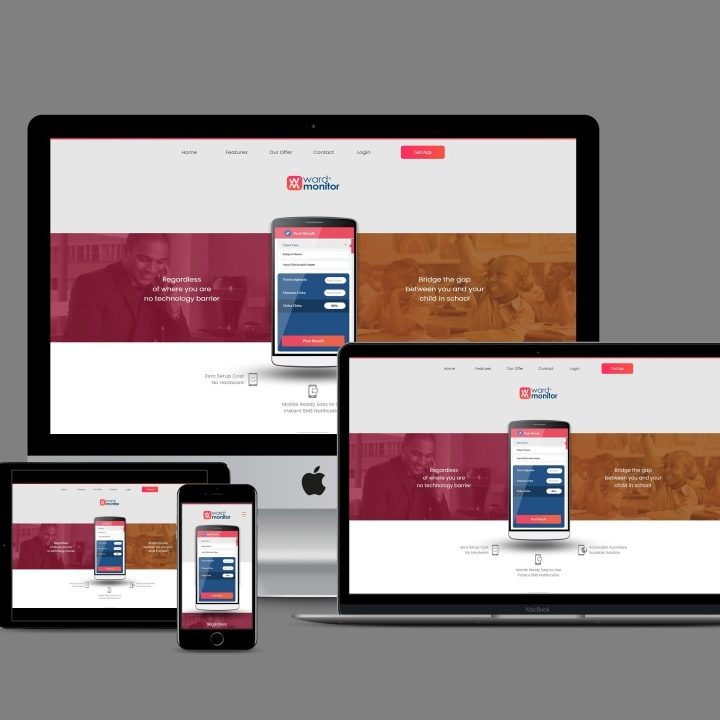Data encryption as a crucial step to manage data access and security
With data breaches on the rise, encryption has never been more important for protecting companies against hackers and cyberattacks.
In a poll of 1,000 business professionals and software developers, nearly 45% say their company has faced a data breach within the last five years. This is no surprise, as data breach reports from Nasdaq show that the number of data breaches grew by more than 68% in 2021, and this number is bound to grow.
As the rate of data breaches and cyberattacks increases every year, companies are losing millions of dollars in revenue and legal fees. In fact, Capital One had to pay $190 million as a settlement to customers whose personal data was stolen in a data breach.
The question now is — how can organizations manage and secure their data from unauthorized access and cyberattacks? This is where data encryption comes into play. In this article, we will look at how data encryption as a security measure is vital in managing data access and security.
Why data encryption is important for managing data access and security
Data is one of the key assets of any organization. Since attackers are constantly looking for new ways to pass through security measures, businesses must make a conscious effort to protect their data. Before we see some of the ways brands can secure their data, here are some key reasons why data encryption is crucial for managing data access and security.
Secures data when there is security misconfiguration
Security misconfiguration occurs when security settings are configured inaccurately or when security controls are deployed with default usernames and passwords. Your system’s configuration must comply with security standards such as OSWAP Top 10 or CIS benchmarks. Using the default usernames or password that comes with any application, website, server or system will make them vulnerable to attacks.
Security misconfiguration is one of the most common threats to data security. According to a 2020 Verizon Data Breach Investigation Report, misconfigurations caused 10% of all data breaches. Gartner also predicts that misconfigurations will cause 99% of all firewall breaches by 2023.
Encrypting your data will ensure that your data is safe even when there are misconfigurations or data breaches.
Third-party applications can expose data
Using unauthorized apps, even the ones downloaded from reputable marketplaces, can put your organization’s data at risk. Security flaws in third-party apps can create backdoors that give hackers access to sensitive data.
Hackers now also use third-party apps to spread ransomware. Since it is not as common as phishing, this type of attack has a high success rate. In fact, a ransomware called Ragnar Locker targeted remote management software used by MSPs and encrypted their data. The attackers then demanded $200,000 to 600,000 for decryption.
Using data encryption will ensure that third-party applications do not have access to your organization’s sensitive data and information. The apps will only have access to the information you allow.
Data encryption best practices
As the rate of cyberattacks on organizations increases yearly, companies need to take actionable steps when encrypting their data. Here are some best practices for organizations when using data encryption.
Build a unified data security policy
Regardless of your organization’s size, you are most likely using multiple infrastructures and software platforms. For instance, you might host some resources on your local servers while hosting others on cloud servers.
From a security perspective, using different types of environments and platforms increases security risks such as data breaches, phishing, hacking and ransomware. The more tools that an organization uses, the more data is generated. It’s very easy for the data to be misplaced or misused. For this reason, it’s important to build a unified data security policy.
A unified data security policy is a security strategy that allows you to use, monitor, store and manage all of your organization’s data. The security policy should encompass all the data stored by your organization regardless of location, such as cloud services, local storage, servers and databases. This will make sure that both data-at-rest, data-in-use and data-in-transit are kept safe. Once such security policies are established, one of the key challenges is to enforce them across different platforms.
Implement access control
Access control is a security method that allows organizations to regulate who has access to company data or other resources. This method of security controls access unless physical or virtual authentication credentials are provided. Examples of authentication credentials include passwords, biometric scans, personal identification numbers, security tokens and biometric scans.
By implementing access control, you will significantly reduce the risk of company data getting leaked. Access control is even more important when you work with cloud environments where data can be accessed from anywhere or if your organization uses a BYOD policy.
Use an identity and access management solution
An IAM solution allows organizations to keep credentials safe and manage access to data. It also provides an efficient way for implementing a zero trust framework.
Zero trust is a framework for securing infrastructure and data. The security framework assumes that the organization’s network is always at risk so it requires that all users — whether within or outside an organization — be authorized and authenticated before they are granted access to data and applications.
Here are some things to consider when choosing an IAM solution:
- Multi-factor authentication: This helps protect data even if a user loses their access credentials.
- Third-party vendor management: This will help organizations ensure that third-party subcontractors do not abuse their access.
- Quick response to security events: For example, blocking suspicious accounts.
- Ease of use and user-friendliness.
- The IAM solution must be compatible with different network architectures and operating systems.
Conclusion
Data breaches are very expensive and can cost organizations millions of dollars in lost revenue. Along with internal problems that occur after a data or security breach, organizations also lose credibility in the eyes of customers. According to a study by Okta and YouGov, 39% of customers say they lost trust in a company when they heard it had a data breach or misused data. Eighty-eight percent say they won’t purchase from a business they don’t trust. To avoid these effects of a security and data breach, data encryption is a must.
Data encryption will help protect your business’s sensitive data and customer information from malicious intent. Even if an unauthorized person or entity comes across your data while in transit, they won’t be able to read it because it will be encrypted.
Curled from TechRepublic







